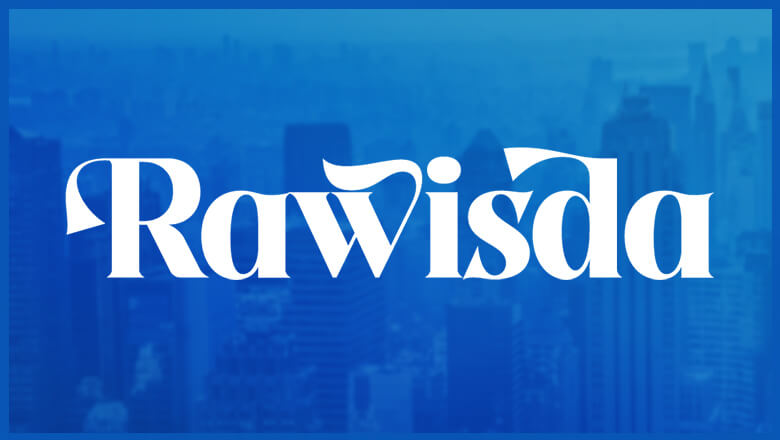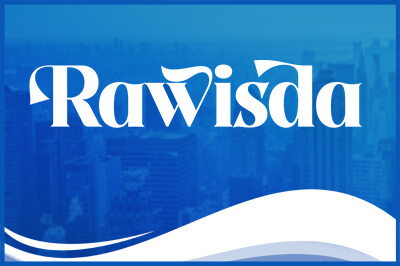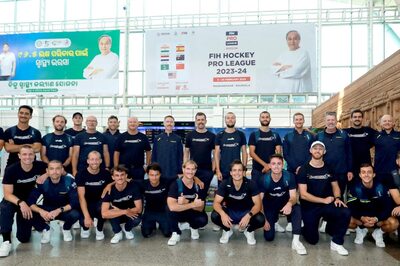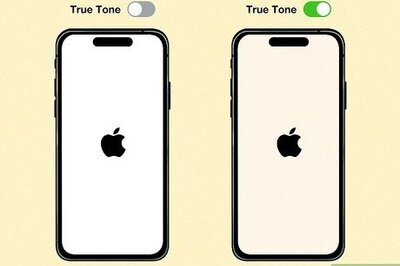
views
What does “Eat the frog” mean?
“Eat the frog” is a saying about prioritizing the most difficult tasks first. It comes from motivational speaker Brian Tracy as part of his task prioritization technique. “Frogs” are the most difficult or unpleasant tasks, and “eating the frog” means doing those tasks first (even though you don’t want to) to get them over with. This strategy is designed to help you improve your productivity at work. The saying may be based on a quote from Mark Twain: “Eat a live frog first thing in the morning, and nothing worse will happen to you the rest of the day.” However, it’s uncertain whether Twain actually wrote this. The idea may have also come from French writer Nicolas Chamfort, who said something similar about a toad.
How to Use the “Eat the Frog” Technique
Plan your “frogs” a day in advance. Choosing your frogs the night before work can help keep you motivated since you can then relax and get a good night’s sleep with a plan in mind. You can pick your frogs the same day, too, but that can be a more discouraging way to kick off the day; when you pick them the night before, frogs may be a bit easier to take on in the morning. However, don’t plan your frogs too far in advance! Even if you have an idea of what you’ll be doing in a few days or a week, the truth is that you never know when new things will come up. So, saving your planning for the night before is better. That way, you can take things one day at a time and make a plan that’s as accurate (and productive) as possible.
Separate your “frog” into smaller steps if necessary. Make a list of all your tasks and narrow them down until you’ve found the one that best fits the definition of a “frog.” Then, consider what kind of resources that task will require. If it’s so challenging or complex that it feels overwhelming, try breaking it down into more manageable tasks that you can complete one by one. Remember, you may not get everything done, even when using this technique, and that’s okay! At the very least, you can make sure the most important things are getting done.
“Eat the frog” when you first start to work. As mentioned above, the time to work on a frog is right at the beginning of your day. That means skipping an email check or any other small task you usually do in the morning—get right to work on the “frog” and keep going until you have it done. Then, you can move on to the easier tasks, and ideally, you’ll enjoy them more this way.
Prioritize the most essential “frogs” first. Maybe you’ve reviewed your tasks and found more than one frog—what then? Generally, the best thing to do is work on the most important frog first—one that will push a project forward or seal the deal with a client, for example. You can also rank frogs by how much time and energy it’ll take to finish them.
Find ways to make working on “frogs” more enjoyable. Although a “frog” is, by definition, a frustrating task, that doesn’t mean you can’t find ways to make things a little nicer for yourself. Try setting up your favorite beverage or snack before you start, for instance. You can also make your workspace more pleasant by cleaning it, playing music to help you concentrate, or using a comfy cushion on your chair. You can think outside the box for this, too. Anything that improves your environment can help you get in a better mindset for working on frogs!
Turn “eating the frog” into a regular habit. It might be hard to eat the frog at first, but if you do it every day, it’ll start to become part of your routine—and may come naturally to you after a while. Over time, you may embrace getting the work you like least out of the way (and even enjoy the feeling of getting it done), which can help you keep up the pattern.
How to Identify a “Frog”
Frogs are the bigger tasks, but not necessarily the most urgent. To pick your “frog,” look for the most critical task currently on your plate. It doesn’t have to be the most time-sensitive thing; it’s the task that makes you want to drag your heels and put it off because it feels so complex or significant. They’re also the tasks that’ll have the greatest impact once complete. Other signs of a “frog” include: It’s more time-consuming. Frogs usually take between 1 to 4 hours, but they might require even more time than that. It’s natural to want to avoid a frog because you know it’ll take up a lot of your time and energy. It’s challenging for you. You may feel frustrated when you think of a frog because you know the task is demanding and more complicated than the average one. It may bore you. On the other hand, a frog might be a task you find super uninteresting and tedious, but it’s also mandatory—so you’ll have to get it done (ideally sooner rather than later).
How can the “Eat the frog” technique help?
It helps you do the bulk of your work while you’re most alert. Your energy (and resolve) are typically at their highest early in the day before you’ve done any other work. So, that’s when it’s best to tackle the “frogs” that require the most mental exertion from you; then, when you start feeling tired in the afternoon, you can do something more enjoyable to get an easy boost. Even if you don’t have any particularly enjoyable tasks to do, you can save the easier ones for the afternoon and use your best hours to sort out the frogs!
It helps you prioritize your tasks and gain motivation. When you get the hardest thing done first, it’ll feel like much smoother sailing for the rest of the day—and then you’ve got time to organize your smaller tasks and get them all done without worrying about “the big one.” This can help you feel more motivated since you won’t be procrastinating on the thing you really didn’t want to do! “Eating the frog” also encourages you to prioritize your tasks and work rather than let other people's requests distract you. Sometimes, you may overestimate what you can get done for the day—it happens to everyone. When you “eat the frog,” you’re at least getting the most important thing done, and that’ll make you feel good!
It can prevent multitasking and allow for deeper focus. When you commit to “eating the frog,” the goal is for you to feel driven to finish the task as soon as possible once you start it. That, in turn, will push you to focus on what you’re doing without getting distracted by emails, coworkers, or smaller tasks that might also be waiting for you. Some people claim to be great at multitasking—and maybe that includes you—but trying to do too many things simultaneously can also make you feel anxious and irritable. It’s better to buckle down and focus on your frog rather than try to juggle that and many other tasks.
Who should use “Eat the frog” for productivity?
Anyone struggling with procrastination When you procrastinate, you may end up saving the most challenging work for last—when you’re already exhausted and might struggle even more to get it done. Using the “eat the frog” technique can help you push yourself to get work done sooner, and as a result, you may see the quality of your work improve, too!
Anyone having trouble with their productivity If your productivity isn’t as good as you want it to be, it might be because you’re not organizing your tasks (but instead just completing them as they come up or randomly). “Eat the frog” is a prioritization technique, and when you learn to prioritize your work, you can develop a more productive structure for your work day. While there’s no single productivity technique that works perfectly for everyone, it’s also a good idea to experiment until you find something that works for you, personally. For example, you might actually find it easier to get work done in the afternoon rather than the morning—but “eat the frog” is worth trying on the chance that it helps you.
Anyone feeling burnt-out or unsure about their job Lack of interesting or challenging work might be giving you a sense of burnout or making you feel like you’re going nowhere in your current job. Using the “eat the frog” technique can help you pinpoint tasks that are making you feel this way (and help you figure out what you actually enjoy, conversely). The next time you look for a job or promotion, you might have a better sense of what you’re looking for in terms of tasks and challenges that stimulate you mentally.




















Comments
0 comment